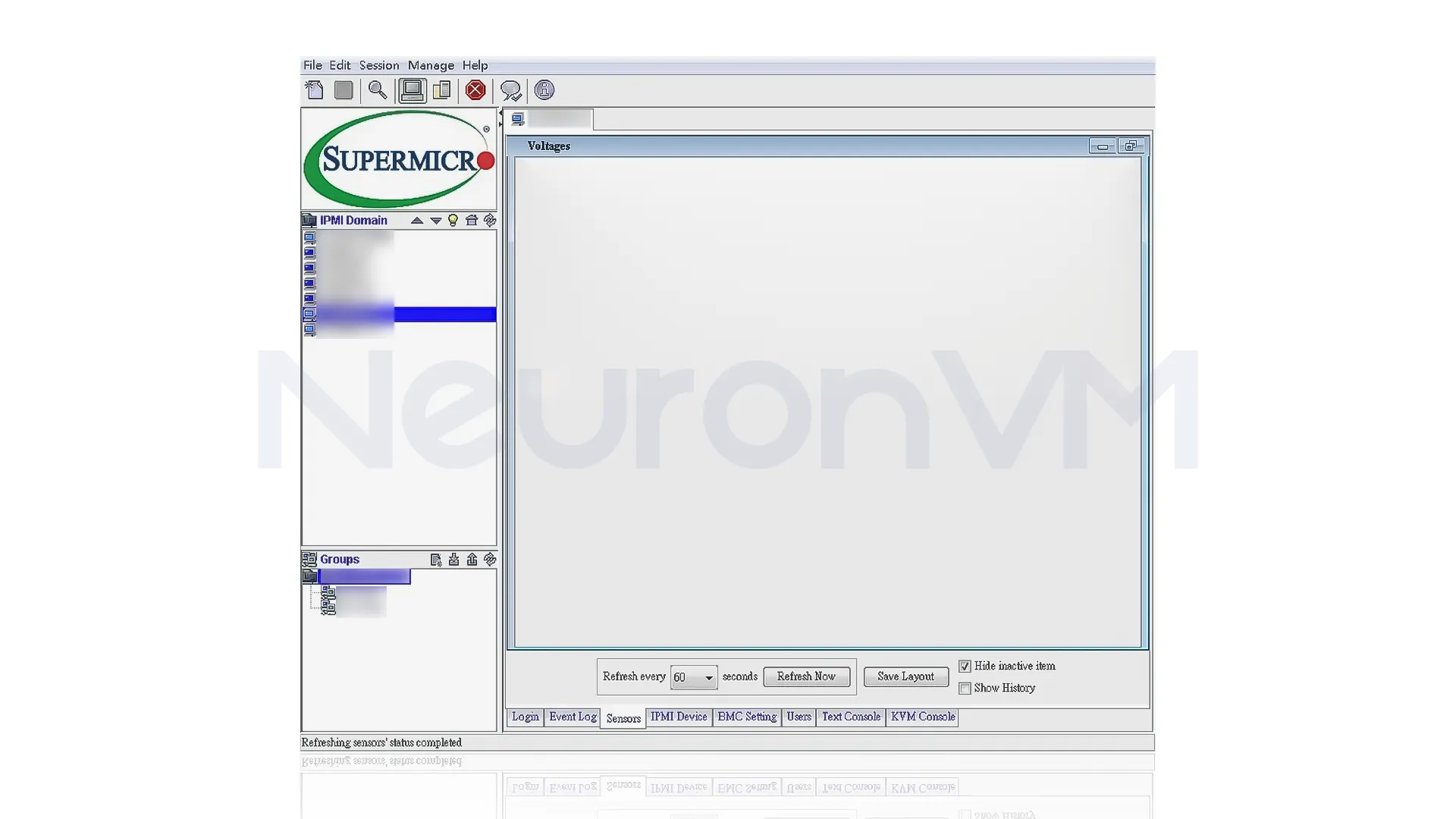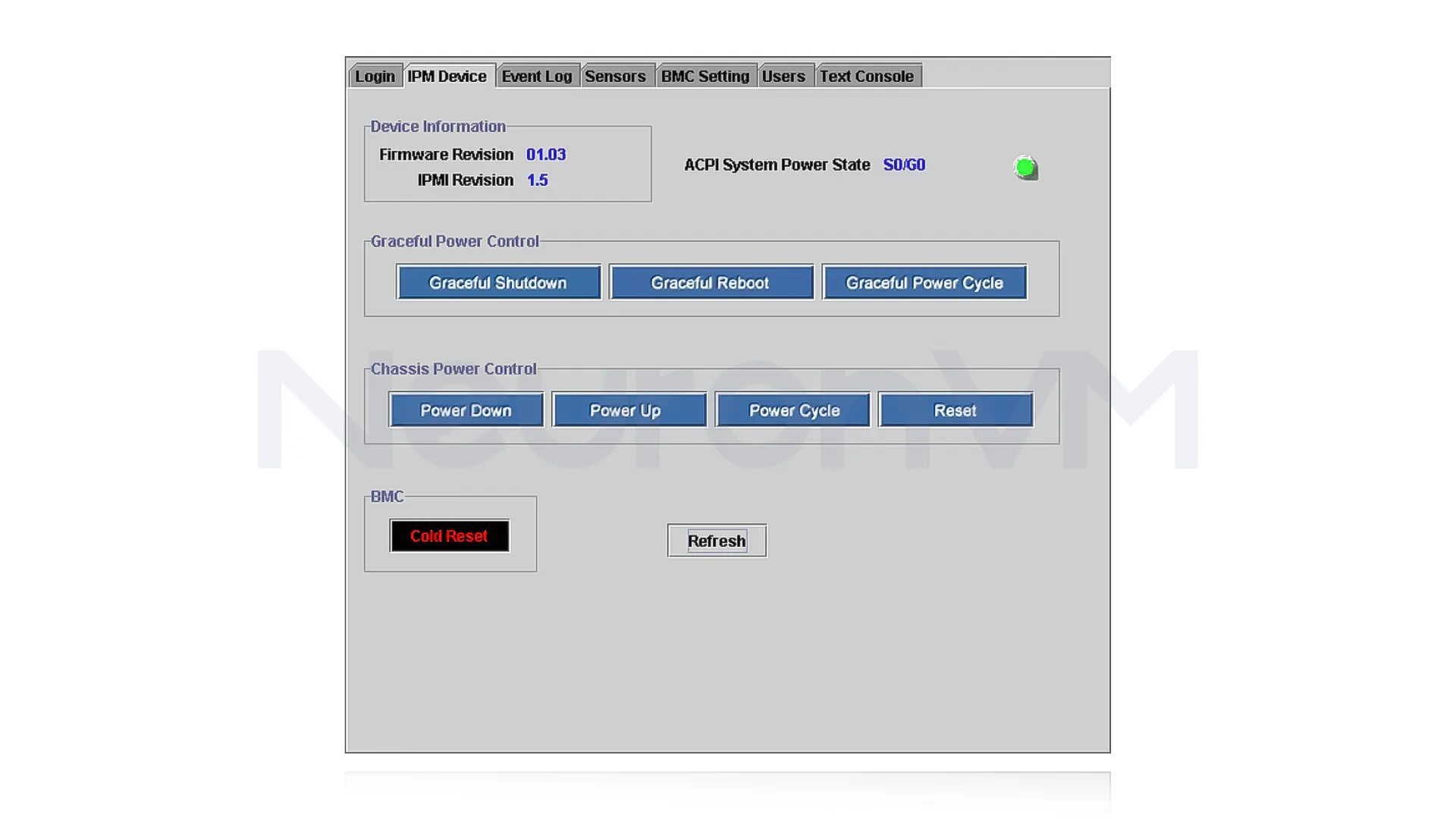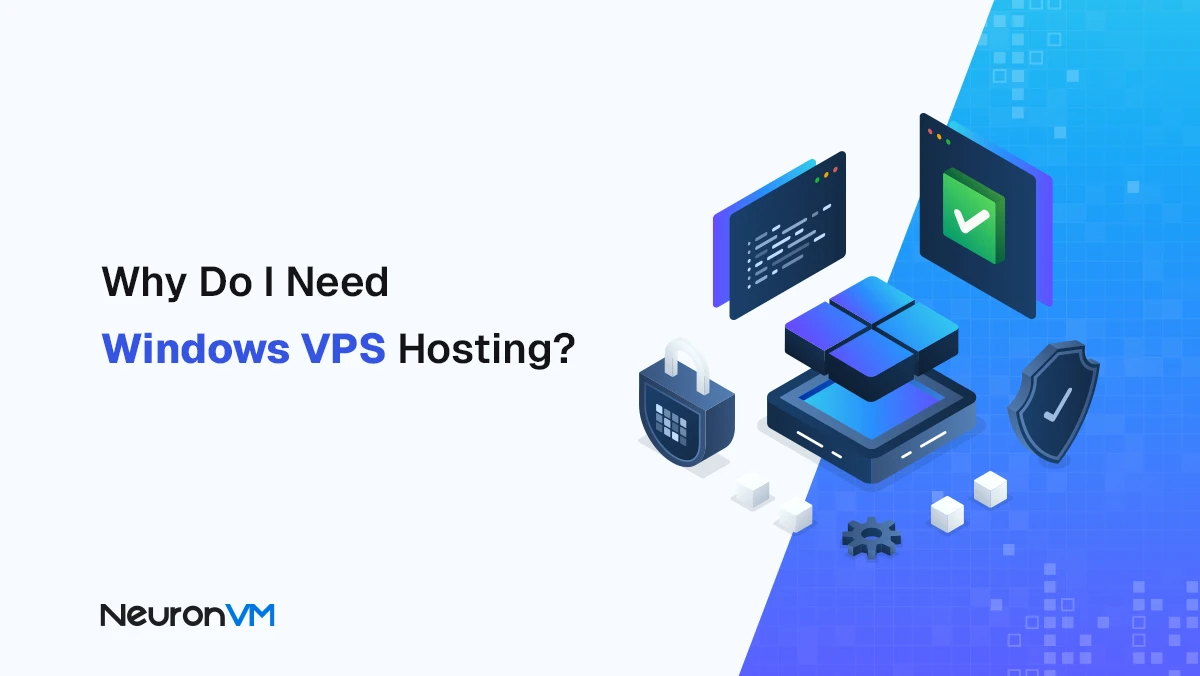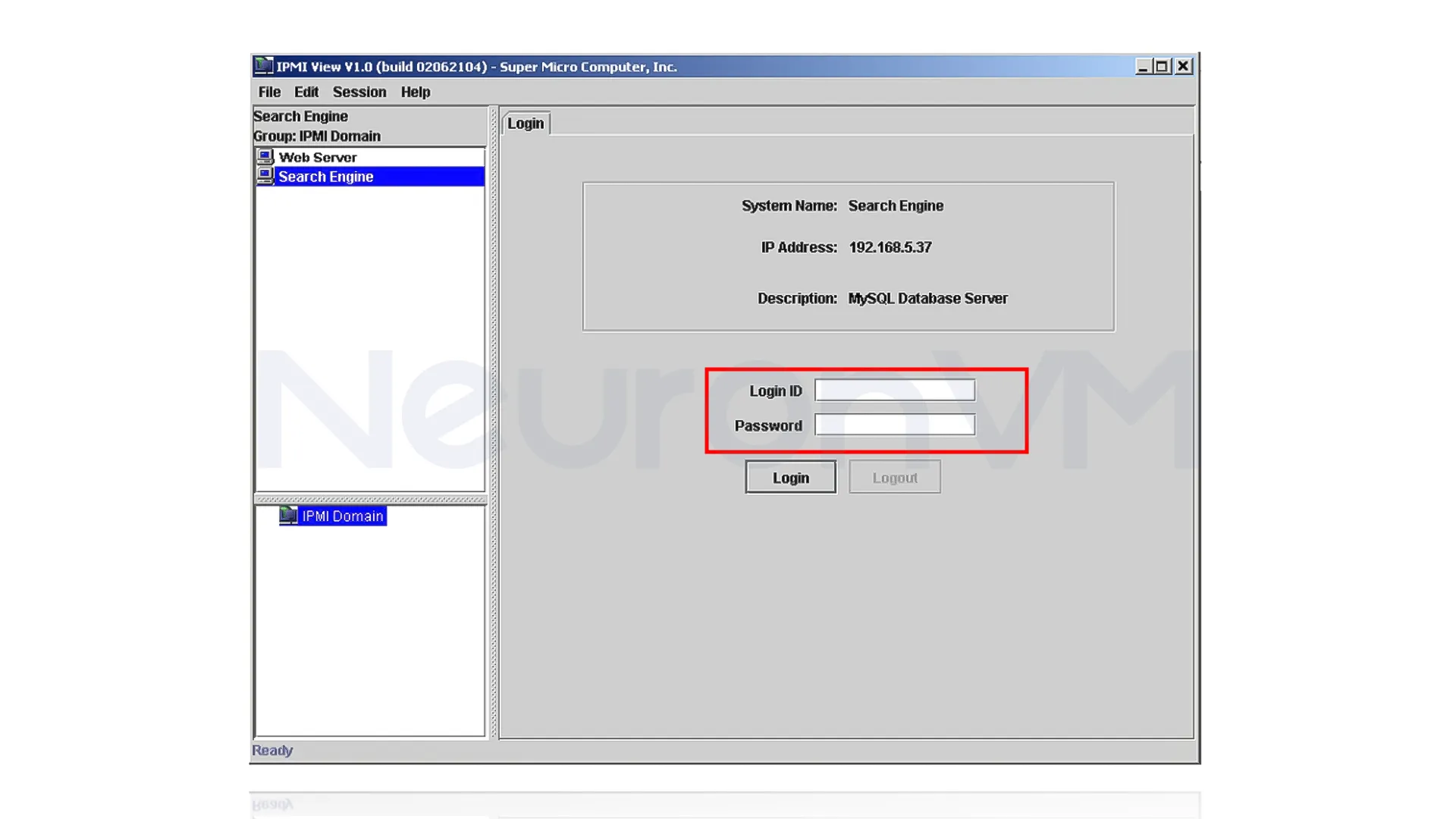IPMI: The Remote Tool Every Server Admin Needs

Ever had a server crash in the middle of the night, and the only way to fix it was to get in your car and physically go press a button? Yeah, those days are over, meet IPMI , your behind-the-scenes best friend when it comes to managing servers remotely, Whether you’re running a homelab or juggling racks in a data center, this little-known tool might just become your new favorite piece of tech, Here’s everything you need to know, check NeuronVM for the best hosting options. 
What is IPMI?
IPMI stands for Intelligent Platform Management Interface, Boring name, but trust me, it does something awesome: it lets you manage your server even when the OS is dead or the machine is powered off, It’s basically a small controller on your server’s motherboard that runs independently from the main operating system. With it, you can:
- Power the machine on or off
- Monitor system health (temps, fan speeds, voltages)
- Access BIOS remotely
- Mount an ISO and reinstall the OS
- Get alerts when something goes wrong

Why IPMI Matters
Let’s say your server locks up. SSH won’t connect, remote desktop is frozen, and you can’t do anything through the OS, Normally, you’d be out of luck, or calling someone to walk over and reboot it, With IPMI? You just open a browser, hit a few buttons, and boom, you’re back in business, It’s like having a remote hand on the power switch and a webcam pointed at the screen, all in one.
Real-World IPMI Features You’ll Use
Here’s what sets IPMI apart from other remote access tools: Remote Console Access This is the big one, IPMI gives you full keyboard, video, and mouse control over the web, you can literally watch the BIOS boot, change settings, or install an OS from scratch, no OS needed. System Health Monitoring It’ll show you live stats on your server’s hardware:
- CPU and system temps
- Fan speeds
- Power usage
- Voltage readings
Helps you spot overheating or dying parts before they take the whole system down. Remote Power Controls You can:
- Reboot the server
- Do a hard shutdown
- Power it on from a cold state
Perfect for when the system’s frozen solid. Virtual Media Mounting Need to install a new OS or run a rescue image? Mount an ISO directly from your laptop, and IPMI will boot from it like it’s plugged into a USB drive. Alerts & Logs It logs critical hardware events , power loss, temp spikes, fan failures, you can even set up email alerts for real-time warnings.
How to Set IPMI
Step 1: Connect the IPMI Port Your server will likely have a dedicated IPMI network port, some use shared LAN, Plug it into your switch. Step 2: Assign an IP Use BIOS or setup tools to assign a static IP to the IPMI interface, DHCP works too, but static is safer. Step 3: Log In Open a browser and go to the IP address you just set. Default login is usually something like admin / admin, change that immediately, from there, you’ll have access to all the features we just talked about. 
Securing tips you shouldn’t skip
IPMI is powerful, and that means it can be dangerous if not locked down, here’s how to secure it like a pro:
- Change the default credentials ASAP
- Whitelist IPs in your firewall , never expose IPMI to the whole internet
- Disable features you’re not using because the less surface means less risk
- Update your IPMI firmware; many bugs have been patched over the years
- Use a VPN or dedicated management VLAN for extra protection
Conclusion
IPMI might sound like something only big tech companies use, but it’s incredibly useful no matter the size of your setup., whether you manage one server or a whole rack of them, IPMI gives you peace of mind and the ability to fix problems fast, without driving across town or flying across the country, It’s not fancy. It’s just smart, reliable, and also practical, Now that you know what it is and how it works, give it a try you’ll wonder how you ever managed without it.










